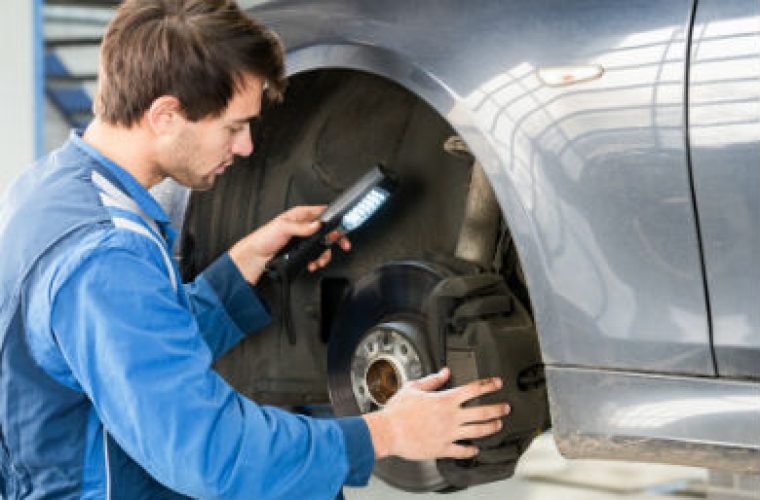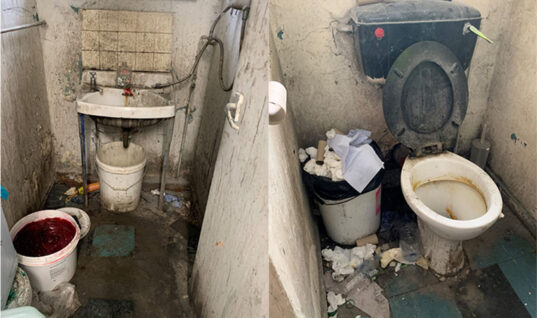Lumag, the braking supplier behind the BRECK brand, has released a simple guide to the most common brake pad issues and how they can occur.
 1. Separation of the friction material
1. Separation of the friction material
This is caused by using pads without an underlayer or with low mechanical strength.
 2. Damaged (bent) back plate
2. Damaged (bent) back plate
Faulty pad installation could be the cause; uneven wear of pads in a single caliper or the seizure of a pad in the caliper yoke/plate resulting from corrosion, for example.
 3. Dirty pad, soaked with oil, grease or brake fluid
3. Dirty pad, soaked with oil, grease or brake fluid
This may occur if a service technician doesn’t handle the part with sufficient caution during installation.
The pad can also get dirty after a leak of braking fluid or grease from a bearing.
 4. ‘Vitrification’ of the friction material
4. ‘Vitrification’ of the friction material
Continuous braking with very hot brakes could be the cause, or pads that are made of an improper friction material.
 5. Excessive pad wear
5. Excessive pad wear
This is caused by the lack of proper inspection of a vehicle’s braking system during routine maintenance checks or low quality of the friction material.
 6. Cracked friction material
6. Cracked friction material
Bending of the brake pad caused by seizure in the caliper yoke could cause this, for instance; or possibly low mechanical strength in high temperatures.
 7. Charring of the friction material caused by extreme heat (pad ‘burning’)
7. Charring of the friction material caused by extreme heat (pad ‘burning’)
This is caused by excessive braking, overheating the pads and racing at unusually high speed.
 8. Uneven pad wear caused by its improper interaction with the disc
8. Uneven pad wear caused by its improper interaction with the disc
Excessive brake disc wear would cause this.
 9. Irregular wear (diagonal wearing out of the material)
9. Irregular wear (diagonal wearing out of the material)
This can be caused by cuts on the caliper’s sliding surfaces and excessive caliper play.
 10. Excessive corrosion
10. Excessive corrosion
Excessive corrosion results from pads made of low quality materials.
Corrosion may also damage pads in cars stored in a corrosive environment after a long period of disuse.
For further details on Lumag’s ranges available to the aftermarket, including its own Breck brand, click ‘more details’ below.







